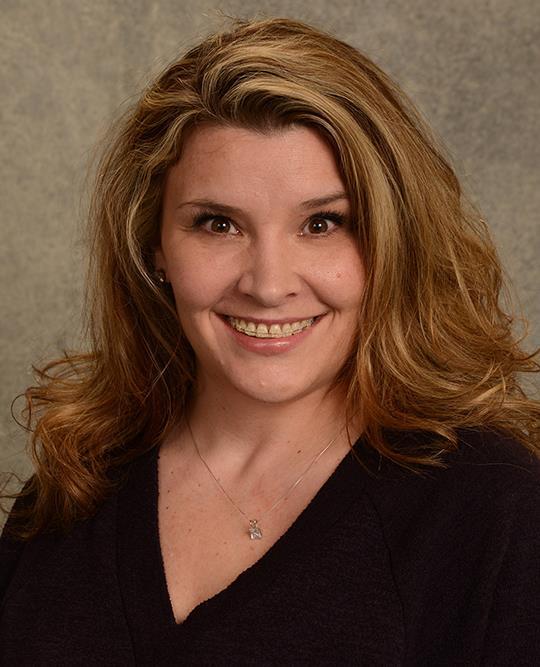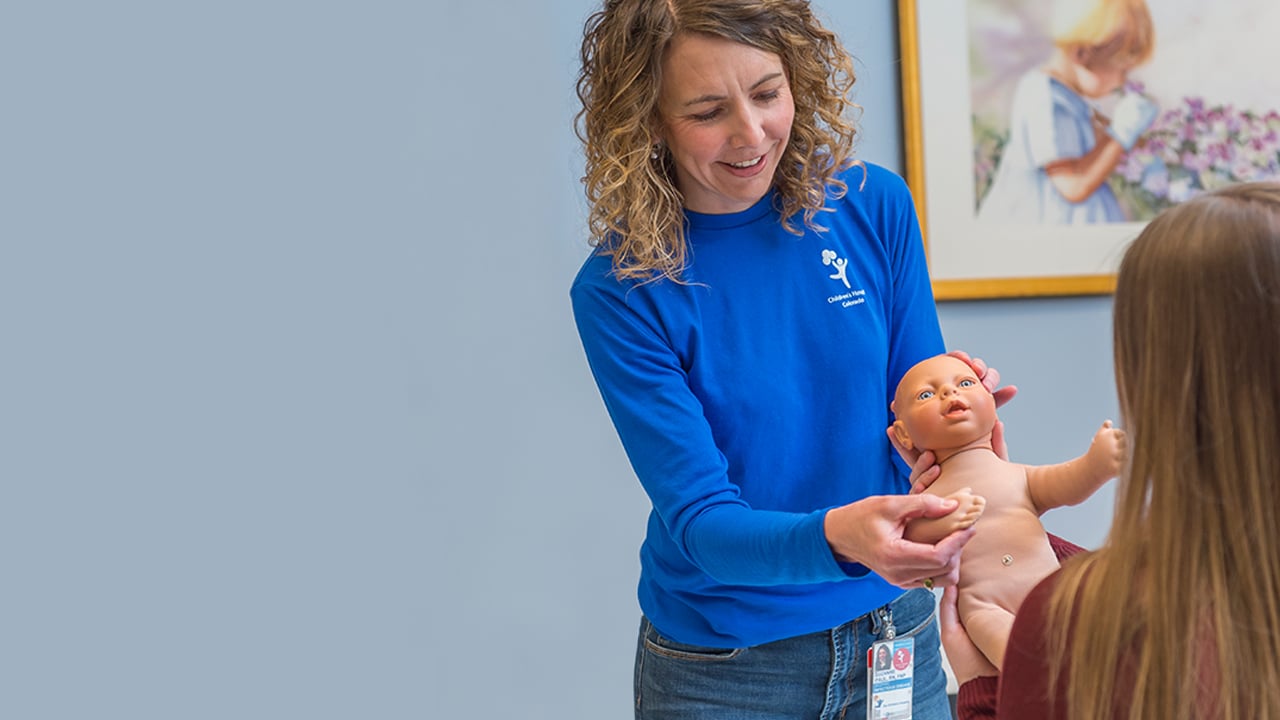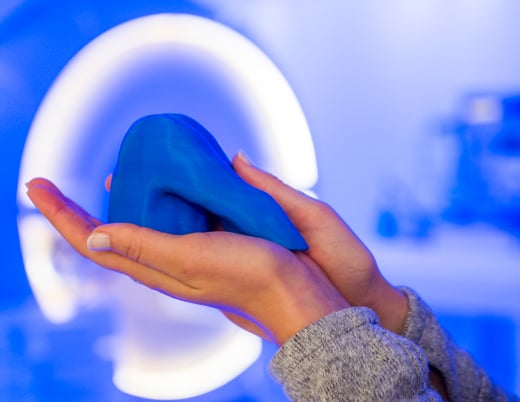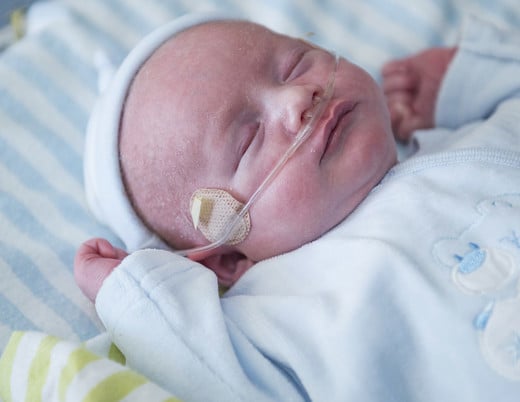Children's Hospital Colorado's Maternal Fetal Medicine Program cares for families during high-risk pregnancies and deliveries. While most deliveries occur in the inpatient Colorado Fetal Care Center, obstetrics can be unpredictable. So what happens when a pregnant woman arrives at our Emergency Department (ED) or an urgent care location with precipitous labor?
Women in precipitous or emergent labor usually give birth within three hours of starting contractions. Their rapid deliveries can increase the risk of emergency birth complications like postpartum hemorrhage.
"An urgent delivery occurring outside of an obstetric unit is uncommon, but it’s something we want to be prepared for here," says Cristina Wood, MD, an anesthesiologist at the Colorado Fetal Care Center. "We realized the need to provide our emergency room staff with the training and tools to handle these high-risk situations until our obstetric and neonatal teams arrive."
Caring for moms and babies
In 2018, Children's Colorado formed a multidisciplinary team to increase safety for obstetric patients and babies in our ED. This team included staff from the ED, the Colorado Fetal Care Center and the Neonatal Intensive Care Unit (NICU).
The Colorado Fetal Care Center and NICU teams were already conducting simulation exercises for maternal and neonatal emergencies in the maternal unit. The multidisciplinary team extended this approach and created simulation training focused on care of moms and babies in the ED.
The simulation pointed the team to several opportunities for improvement, including team communication, procuring neonatal-specific emergency equipment and patient transport. Addressing those areas would require more training, but the logistics of on-site simulations were challenging.
Illustrating best practices
The team knew they needed a better way to train staff regarding best practices for urgent and emergent deliveries in the ED across multiple departments and work schedules. They answered that challenge by creating an eight-minute video of a simulated precipitous birth in the ED.
The video features team members from across the departments, as well as a baby mannequin and an actor playing the mother. It illustrates the expert clinical care required for a patient population not often seen in a pediatric ED, including:
- Who to call and what to say when moms arrive in emergent labor
- Communication and role clarity among the ED staff, maternal team and NICU team
- Patient hand-offs between departments
- The location of emergency supplies, such as a postpartum hemorrhage kit and precipitous delivery cart
- Storing and setting up equipment such as NICU warmers
- Administering medications
- Working with the blood bank when patients need transfusions
During emergent deliveries, solid teamwork is as important as clinical knowledge.
"In an ED situation, you have a lot of players who need a lot of different things, and you have only seconds to communicate," says Dr. Wood. "Everyone needs to speak precisely, use the right terminology and confirm that other team members have heard and understood."
Clear communication is critical when treating conditions like maternal hemorrhage. "The pediatric ED staff needs to understand the indications and contraindications for the medicines we use to treat maternal hemorrhage, as these are not medications used very often in a pediatric ED," says Dr. Wood.
The team has also implemented visual reminders of each process, such as laminated cards in the ED trauma rooms. Like a pilot's checklist, these reminders can keep a team on track in hectic situations.
"Our teams can access the training video for 'just-in-time training' or review whenever they'd like a refresher," says Julie Bianco, a clinical education specialist in our ED. "We also use the video during onboarding for new nurses across our network of emergency departments and urgent care locations."
Working like a well-oiled machine
Children's Colorado has showcased its success on a national level. The team’s quality improvement and education project was accepted as a poster in 2018 at the Association for Nursing Professional Development Conference.
But the best reward is supporting families in challenging situations.
"We're an adult unit within a children's hospital, providing very specialized care for women and babies," Dr. Wood says. "It's critical that all of our teams function like well-oiled machines to provide the safest care for our new families."
Featured Researchers

Cristina Wood, MD
Medical Director Obstetric Anesthesia, Maternal Fetal Care Unit
Pediatric Anesthesiology
Children's Hospital Colorado
Associate professor
Anesthesiology
University of Colorado School of Medicine





 720-777-0123
720-777-0123










